Back to class to boost career
EDUCATION. Orange County Community College sees higher enrollment, retention and graduation rates as students look to add skills.
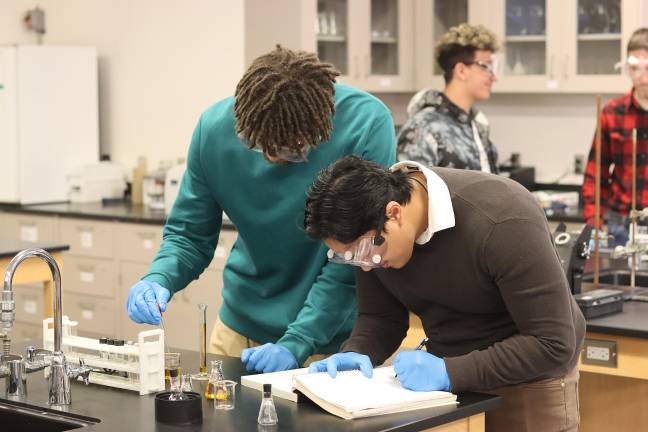
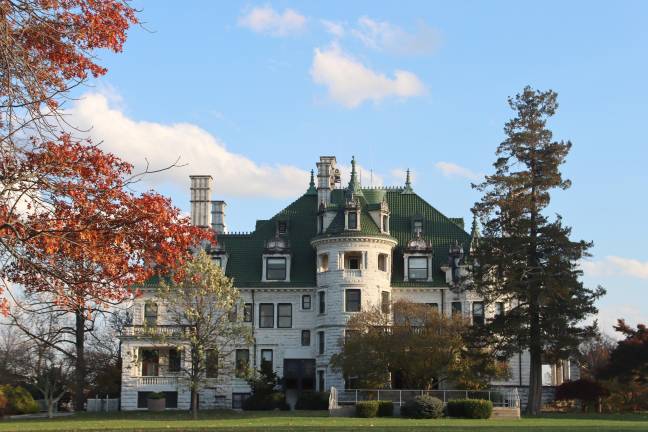
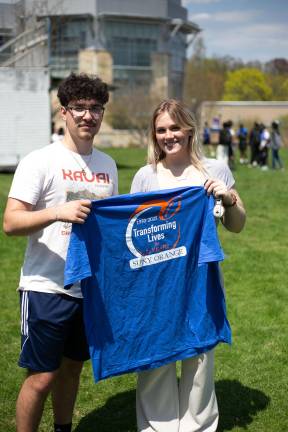
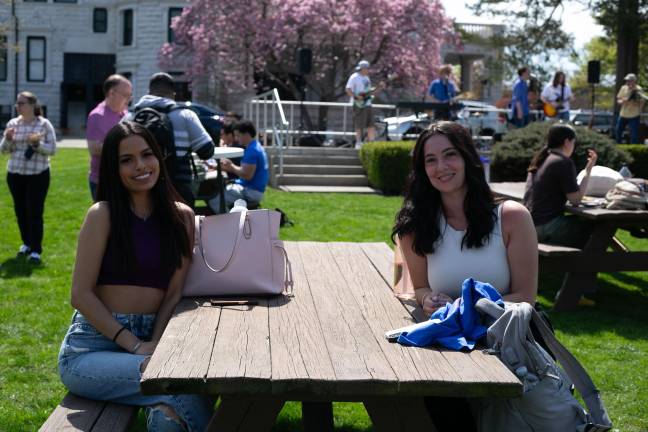
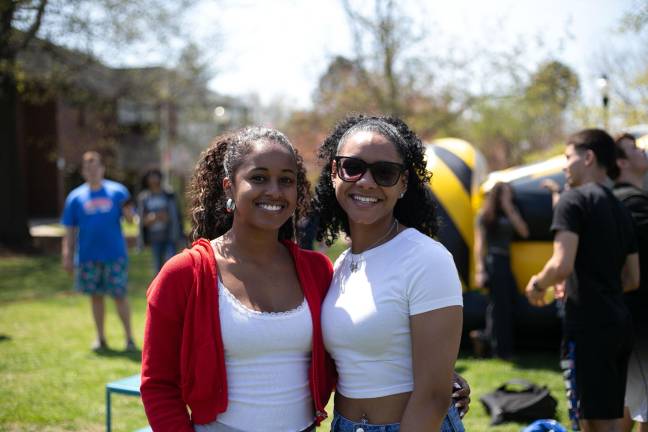
Enrollment at Orange County Community College (SUNY Orange) has increased 6.5 percent from last year at its Middletown and Newburgh campuses.
This semester’s headcount is the college’s highest in four years: 3,914.
“We provide quality, affordable higher education with a special focus on the communities we serve in the Hudson Valley and surrounding areas so we can adjust as things in the region change,” said Kristine Young, the college president.
“Our most recent strategic plan resulted in increases in retention, graduation, enrollment, grants and all the things that one looks for in a healthy and successful college.
“Our upcoming strategic plan,” Young added, “includes input from external partners, such as hospitals, economic development and faculty, staff and trustees, and anticipates the role artificial intelligence will play in the workforce and how best to prepare our students for that.”
Adult education
The biggest population jump, more than 17 percent, is among students ages 25-64. That is attributed, in large part, to individuals seeking to expand or even change careers by obtaining short-term, in-demand credentials.
Sensitive to that demand, the school has developed the SUNY Orange Plus program, which trains individuals to succeed in a competitive market through the completion of practical classes and degree programs.
“At the college, there are opportunities for economic mobility through a two-year degree and transfer and a non-credit program that provides students of all ages an opportunity to obtain quality or higher-quality jobs,” said Jean Leandre, vice president for workforce, strategy and innovation.
“We rebranded SUNY Orange Plus so you can come here for a two-year degree plus our variety of offerings leading to direct employment for those starting out or wishing to change careers.
“The great thing about our Plus program is there is a single fee for support, books, curriculum and testing through us.”
Programs through SUNY Orange Plus include, among other things:
Communication skills
“English as a second language is also a program we offer,” said Leandre. “Once a student completes that, they can take our GED class and then the testing. We are the only ones in the county that also offer the testing.”
To meet the needs of the region’s workforce, building and maintaining relationships with area businesses is vital. SUNY Orange is constantly working with and receiving feedback from partners in the area.
One of the biggest things that companies, large and small, are telling SUNY Orange staff is that younger workers, primarily younger than 30, often lack the proper social and critical thinking skills needed in a group or office environment.
“That may sound surprising at first but think about it,” said Leandre. “That age group grew up communicating via text and, during COVID, remotely. Throwing them into a face-to-face environment can be somewhat of a culture shock.
“They need to look at others in the eye, notice body language and ask questions. We can help them in those areas through on-the-job training, putting them in different situations and taking them through real-life situations.”
Diagnostic imaging
A hallmark of SUNY Orange is its radiologic technology program; radiographers are the third-largest category of allied health-care professionals, surpassed only by nurses and doctors.
According to SUNY Orange’s website, there were 4.66 million radiographers in the U.S. in 2022 with an expected 15,700 jobs open each year. Radiographers position body parts accurately and manipulate radiographic equipment to produce a quality diagnostic image while using the least amount of radiation necessary to get the best possible image.
“Most of our radiographers enter the profession by taking X-rays and some move into specialized areas, such as computed tomography, angiography and mammography,” said Nicole Murray, diagnostic imaging department chairwoman.
“We teach students to be entry-level radiologic technologists, meaning once they graduate here with their associate degree, they are eligible to sit for the national boards through AART and get their license in any state,” she added.
“As far as other modalities, they can cross-train and learn CT, MRI, mammography, go back to school for radiation therapy or to a certificate program for nuclear medicine.”
Murray said many students go to work at hospitals, such as Vassar Brothers in Poughkeepsie and Good Samaritan in Suffern.
“We have students at clinical sites all over and they do over 1,000 clinical hours to gain competency and experience to do this job upon graduation,” she said.
“Having students at the facilities allows the facilities to make relationships with the college and the students get an education and build relationships with potential employers.”
